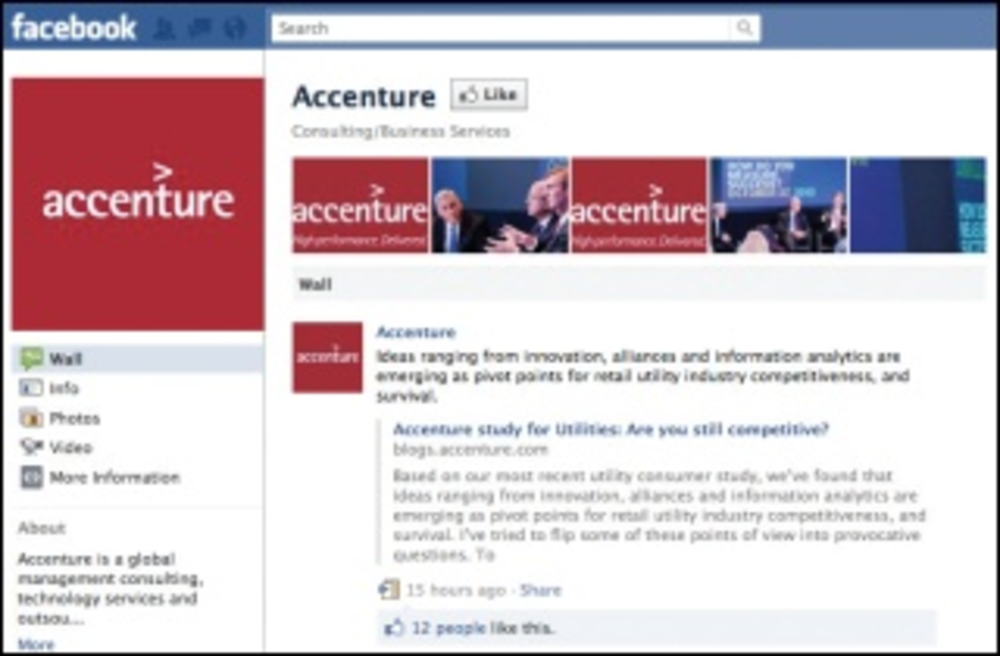Business-to-government marketers must beware the bulk. Direct mail no longer headlines the b-to-g marketing mix. These days, print performs as a role player, supplementing a more integrated strategy that pivots on digital channels. Even document management company Xerox Corp. has revisited its traditionally direct mail-oriented approach.?
“It’s no longer the traditional one-dimensional mass production of hard copy direct mail pieces, where we print thousands of them and send them to government and commercial accounts all in one fell swoop,” says Edward Gala, VP of sales operations marketing at Xerox. “Today it’s much more about customized, cross-media marketing. When we do a campaign, it may have a print component, but we would marry customized printing with email and social media and other elements like ?webinars so that we really create a set of cross-media touch points.”?
Xerox specializes in streamlining the government’s back-office operations — including print service management, electronic toll collection and Medicaid claims processing — that focuses on efficiency and mirrors its marketing strategy. Gala says that the company has loaded its marketing emails to the government with digital features to deliver a fuller message.?
“With the new social media tools, when you get a message from Xerox, it comes with links to videos on YouTube. It comes with links to whitepapers and analyst reports that are ?accessible online. It comes with invitations to webinars where you can learn more from thought leaders on a particular topic, whether it be security or sustainability or cost reduction,” he says.?
Deloitte builds awareness
After a CBS News report last year on multifunction printers’ data breach vulnerabilities featuring its competitors, Xerox “jumped on it and conducted an integrated security campaign,” Gala says. The ongoing campaign, centered around the question of how secure government agencies’ multifunction printers are, spans direct mail, email, YouTube and webinars. Gala says a benefit of the digital components is their ability to extend the ?campaign’s reach. He singles out the webinars featuring a panel of security experts to illustrate the point. ?
“In the past, we might have attracted 100 people to a live security event in a certain city,” says Gala, “but in this case, we did online and more than 3,000 people attended.”?
Mark Amtower, founder of b-to-g marketing advisory firm Amtower & Co. and author of Selling to the Government, agrees that webinars are particularly valuable for marketers whose wares may feature a steeper learning curve.?
According to research firm Market Connections, webinars have continued to grow in popularity among government employees. The firm found in its “2011 Federal Media and Marketing Study” that 52% of the more than 3,000 federal employees surveyed had attended a webinar in the past year, up from 21% in the 2010 study. ?
Webinars are also a valuable data collection tool. Gala says that one of Xerox’s primary challenges is maintaining updated contact information because “some of the decision-makers involved in the government accounts change with more frequency than in commercial accounts.” He says that digital channels such as webinars have helped to address the issue by facilitating the collection and cleansing process. ?
Jean Ostvoll, executive director of marketing and communications for management and technology consulting company Accenture’s Health and Public Service business, says that the digital-for-data process has been aided by a rise in government employees ?being more present and receptive to digital marketing “over the last 18 months.”?
“I don’t know whether it’s the debt crisis or the late awakening of the government sector to the digital avenues,” says Ostvoll. “I know that even 18 months ago, we had more challenges with getting access to government employees because the Internet would be blocked in a government office or it would be discouraged. I think it’s becoming a much more legitimate work channel.”?
That easing of the blockades has catalyzed the number of federal employees who access their social networks while on the job. ?According to Market Connections, the number jumped from 20% in 2010 to 46% in 2011. More than half (51%) of the federal employees who use Facebook do so for work purposes.?
Now when Accenture wants to message to government employees, says Ostvoll, it makes sure to promote the content via Facebook, LinkedIn and Twitter in addition to posting it on Accenture’s government-related Web pages, “because you just don’t know which one of those channels people are going to be looking at, but you do know in a short amount of time you’ll see evidence of the interrelationship between those [channels].” ?
Cathy Cromley, business development director at Market Connections, says that social media is table stakes for today’s b-to-g marketer. “A lot of people say [b-to-g marketers] need a social media strategy, but really they just need to integrate it as a component of their overall marketing strategy,” she says.?
Not everyone agrees. Yvonne Zaslow, EVP of furniture company ATD-American Co. says that the company includes social media in its marketing mix, but the channel takes a backseat to its sales staff’s customer relationships, print catalogs, email and website. ?
Durable goods company Landscape Brands also takes a more traditional approach to ?b-to-g marketing, favoring print catalogs and email over social media and webinars. However, while the company does not have its own Facebook page or Twitter feed, its ground-level approach to digital marketing echoes the strategies employed by Xerox, ?Accenture and ATD-American.?
Eric Gilbert, director of manufacturing and new product development at Landscape Brands, says the company encourages its sales staff to employ their own individualized digital marketing programs “as opposed to a full-blown marketing campaign.”?
“Whether they send an email or get on a social networking site to make that connection [with government employees], that’s up to the fluidity of the sales team,” says Gilbert.







